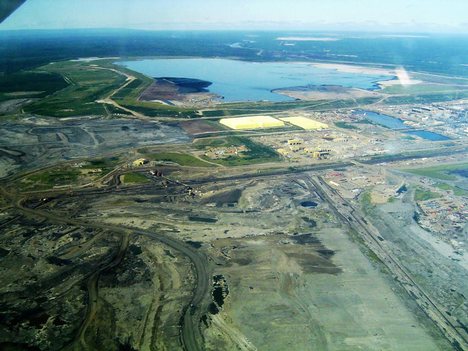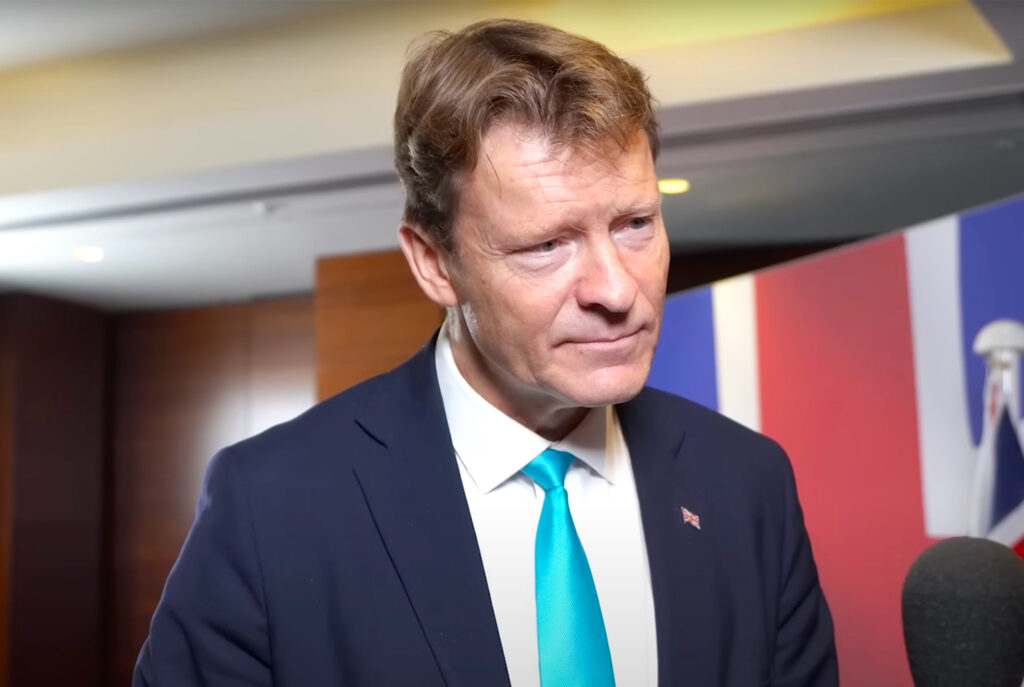The much anticipated findings [pdf] from the Alberta Environmental Monitoring Panel, appointed to make recommendations on how to fix Alberta’s failing tar sands pollution monitoring system, were recently released to the public.
The panel was convened in January in response to co-authored research, published in the prestigious journal Proceedings of the National Academy of Sciences, from David Schindler, a University of Alberta biologist and one of Canada’s top scientists.
Over the past several years, Schindler and his team have studied the high levels of mercury, lead and eleven other toxic elements in the oil sands’ main fresh water source, the Athabasca River. Their results contradict those from the Regional Aquatics Monitoring Program (RAMP), a government-supported and industry-funded agency which has long claimed that water quality is not impacted by tar sands development.
Siding with Schindler, the Alberta Environmental Monitoring Panel’s final report states that existing water monitoring systems are insufficient, ineffective, and unable to assess the cumulative effects of tar sands production on the environment. To improve the situation, the panel calls for government action and makes some 20 recommendations organized around three main conclusions:
• Alberta needs a new environmental monitoring, evaluation and reporting system that focuses on environmental effects monitoring, is grounded in rigorous scientific design and execution, incorporates Traditional Environmental Knowledge, and has a publicly accessible data and information management system.
• Environmental monitoring, evaluation and reporting activities must be organized and integrated across the province and across air, land, water and biodiversity to enable more effective use of funds and ensure a consistent approach.
• The best way to ensure scientific oversight and organization and integration of activities is to establish a permanent, sustainably-funded, arm’s length Environmental Monitoring Commission.
For the past six months, the panel has received written submissions from individuals and organizations, consulted directly with the public, and met with First Nations and Métis communities in the Lower Athabasca region.
Co-chairing the panel is Harold Hal Kvisle, TransCanada Corporation adviser (and former president and CEO), and Howard Tennant, the former president and vice-chancellor of the University of Lethbridge. Rounding out the 12-member group are four science representatives, two health specialists and four representatives from the public policy, administration and industry fields.
Environmental groups, opposition politicians and citizens who rely on the Athabasca River for water were critical of the Minister for appointing a panel said to be overly representative of the opinions of industry rather than those of scientists.
Julia Ko, of Water Matters Society of Alberta, noted:
“We were expecting a science panel with environmental scientists,”
“But instead, it seems like the environmental scientists are outnumbered. Only three of the 10 people on the panel are environmental scientists with some actual monitoring in their background.”
With the panel determining that immediate action is required to reform the water monitoring system, Renner must stand by his frequent claim that the province would act if the panel found environmental monitoring programs to be ‘unacceptable.’
Unfortunately, the water pollution threats from tar sands production only stand to get worse, even if enhanced monitoring systems are put in place. This is mainly because tar sands production continues to grow, reaching nearly 1.5 million barrels per day from 1.2 million barrels in 2008. Moreover, Calgary energy investment firm Peters & Co. believes that spending on developing Alberta’s tar sands could reach $180 billion over the next decade. As well, BMO Capital Markets predicts $20 billion worth of investment in the tar sands this year, and up to $29.9 billion per year by 2015.
Challenging unrepentant development of the oil sector, Schindler says that the pollution problem should be a signal for the provincial government to consider placing limits on tar sands development: “I really think it’s time to cut down the expansion until some of those problems and how to reduce them are solved.”
Access the Alberta Environmental Monitoring Panel’s June report, A World Class Environmental Monitoring, Evaluation and Reporting System for Alberta [pdf].
Subscribe to our newsletter
Stay up to date with DeSmog news and alerts






